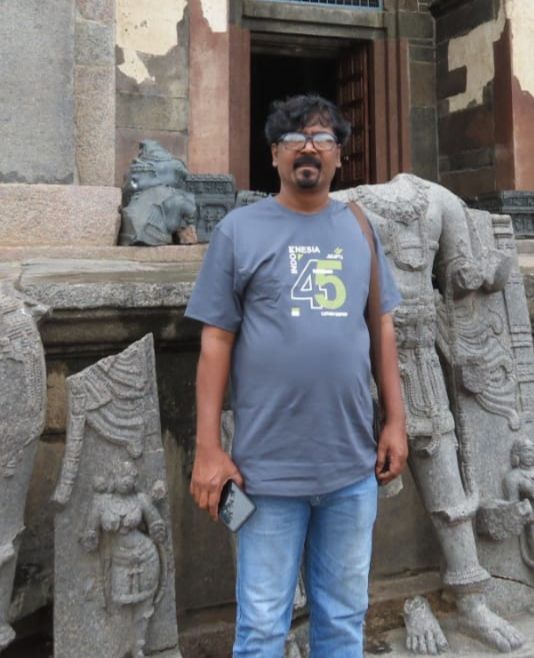Adivasi Regions Devoured by Fire and Blood

I have had the opportunity to travel several times through the Adivasi, Dalit, and Muslim minority regions of Odisha, Jharkhand, Chhattisgarh, West Bengal, Bihar, Assam, and Telangana.
What confronts us are harsh social realities: poverty, lack of basic infrastructure, land loss, economic exploitation, government neglect, caste violence sponsored by extreme Hindu nationalist forces, mass killings, and the struggle for survival.
The Adivasi regions of eastern India occupy a very important position in India’s contemporary socio-political landscape. Rich in natural resources, these areas are presented by authorities as the “engine of the nation’s development.” Yet, the economic and social benefits of development projects rarely reach the Adivasis. Instead, they face the life of displaced refugees, injustice, and exploitation. Alongside this, cultural disruption is taking place.
Land, water, and forests form the foundation of Adivasi life. Large dams, mining projects, and industrial complexes displace Adivasis from their natural habitats. More than 80% of the people displaced in post-independence India are Adivasis, Dalits, or poor rural communities. These Adivasi regions are among the richest in mineral wealth in India, containing iron, bauxite, manganese, coal, uranium, diamonds, gold, and many other minerals. Consequently, major mining corporations (Adani, Vedanta, Tata, Jindal, Essar, NMDC, Coal India, etc.) strive to increase their control over these areas.
The land and forests form the very basis of Adivasi life. Mining companies acquire vast tracts of land, displacing villages, leaving thousands of Adivasis landless and homeless.
Governments frequently hand over land to corporations under the name of “development.” The profits from such development are shared among authorities, corporations, and political brokers, while conditions to improve the lives of Scheduled Castes, Scheduled Tribes, and rural communities remain unaddressed. The lives of these poor rural communities continue to regress under the shadow of internal colonization.
Recently in Assam, the High Court sharply criticized the BJP government for handing over thousands of acres of Scheduled Caste land to Adani for a factory. For Scheduled Castes and Adivasi communities, land is not merely an economic asset but the foundation of their lives and culture. Losing it is tantamount to uprooting their very existence.
Authorities bend legal rules to provide every facility for corporate giants. Constitutional protections, laws such as the Fifth and Sixth Schedule provisions, PESA, and the Forest Rights Act impose strict restrictions on transferring Adivasi land to corporations. Yet all these legal frameworks and constitutional safeguards are routinely violated.
Beyond corporate and government oppression, Adivasi regions are being hunted by Hindu fascist forces. Tribal lands are being converted into laboratories for Hindutva agenda.
The natural, autonomous life of primitive tribes has been destroyed. In villages devoured by fire and blood, cultural and artistic pursuits have no relevance. The celebratory aspects of rural culture, artistic symbols, and the beauty of village life are vanishing before our eyes.
The cries of Adivasis often go unheard. The authorities suppress their voices under the pretexts of “national security” and “development.” Police and paramilitary forces are deployed to crush protests. Even human rights activists, writers, and social workers face sedition charges—a tragic reality in present-day India.
Amidst all this, Adivasis continue to fight for the protection of their culture, land, and rights. In isolated villages and deep forests, their resistance and protests have themselves become a culture. These struggles shape the future of democracy in India.
Shashi Memuri, a painter, has been actively involved in numerous revolutionary movements both within India and abroad. He has traveled extensively across rural India, particularly through Adivasi, Dalit, and Muslim minority regions. His focus is on creations that embrace social realities. His writing and painting together highlight the social context that shapes everyday life.He is also active in the field of movie as an art director. One of his paintings, created with historical significance and reflecting a key assembly in Kayal sammelanam has been selected for the international exhibition “Heralding Utopias: Conception of a Caste-less, Class-less, State-less World”, organized at the Bellefonte Art Museum in Pennsylvania, USA, from September 5 to October 26, 2025.
